KUKA Futures: AI and Innovation
June 4, 2024 at KUKA Global with Headspring
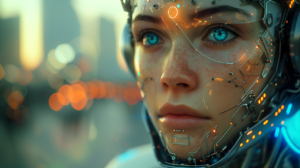
After 70 years of development, and 18 months of ChatGPT-fuelled hype, AI is transforming every industry.
It will change how companies deliver value to their customers, and it will supercharge productivity. In some industries, these transformations will lead to the emergence of entirely new business models. Going forward, robust strategies need to incorporate the risks and opportunities posed by this dynamic technology.
- KUKA Futures: AI and Innovation by Peter Fisk
- What every executive needs to know about AI by Bain
- The CEO’s Guide to the Generative AI Revolution by BCG
- The state of AI, generative AI’s breakout year by McKinsey
ARK’s Big Ideas 2024 report is entitled “Disrupting the Norm, Defining the Future” and it highlights 15 big ideas driven by the rapidly developing applications of AI, and it impact on other technologies:
- Technological Convergence – The global equity market value associated with disruptive innovation could increase to 60% by 2030.
- Artificial Intelligence – Scaling global intelligence and redefining work: AI training costs should continue to fall 75% per year.
- Smart Contracts – Powering the internet-native financial system, smart contract networks could generate fees of $450bn in 2030.
- Digital Wallets – Digital wallets could grow select vertical software platforms’ revenues to $27-$50bn in 2030.
- Robotics – Generalizing automation, thanks to the convergence of AI software and hardware. Generalizable robotics represent a $24 trillion-plus global revenue opportunity.
- Digital Consumers – Transitioning toward digital leisure, where spending could teach $23 trillion in 2030.
- Electric Vehicles – Lower battery costs powering adoption mean EV sales could reach 74 million in 2030.
- Robotaxis – Robotaxi platforms could create $28 trillion in enterprise value in 2030.
- Multiomic Tools & Technology – Translating biological insights into economic value: R&D spending could decline by more than 25%, thanks to multiomic tools and technology.
- Reusable Rockets – Satellite connectivity revenues could exceed $130bn per year in 2030.
- Autonomous Logistics – Global autonomous delivery revenue could reach $900bn by 2030.
- Bitcoin Allocation – Growing the role of bitcoin in investment portfolios. During the last seven years, bitcoin’s annualized return has averaged around 44%.
- Bitcoin in 2023 – After challenges in 2022, bitcoin’s price surged 155% last year, reaching $827 billion in market cap.
- Precision Therapies – Curing disease more efficiently and less expensively. The enterprise value of companies focused on precision therapies could reach $4.5 trillion by 2030.
- 3D Printing – Revenues could grow 40% at an annual rate to $180bn by 2030.
The report believes that convergence among disruptive technologies will define this decade. Five major technology platforms—Artificial Intelligence, Public Blockchains, Multiomic Sequencing, Energy Storage, and Robotics—are coalescing and should transform global economic activity.

Technological convergence could create tectonic macroeconomic shifts more impactful than the first and second industrial revolutions. Globally, real economic growth could accelerate from 3% on average during the past 125 years to more than 7% during the next 7 years as robots reinvigorate manufacturing, robotaxis transform transportation, and artificial intelligence amplifies knowledge worker productivity.
Catalyzed by breakthroughs in artificial intelligence, the global equity market value associated with disruptive innovation could increase from 16% of the total* to more than 60% by 2030. As a result, the annualized equity return associated with disruptive innovation could exceed 40% during the next seven years, increasing its market capitalization from ~$19 trillion today to roughly $220 trillion by 2030.
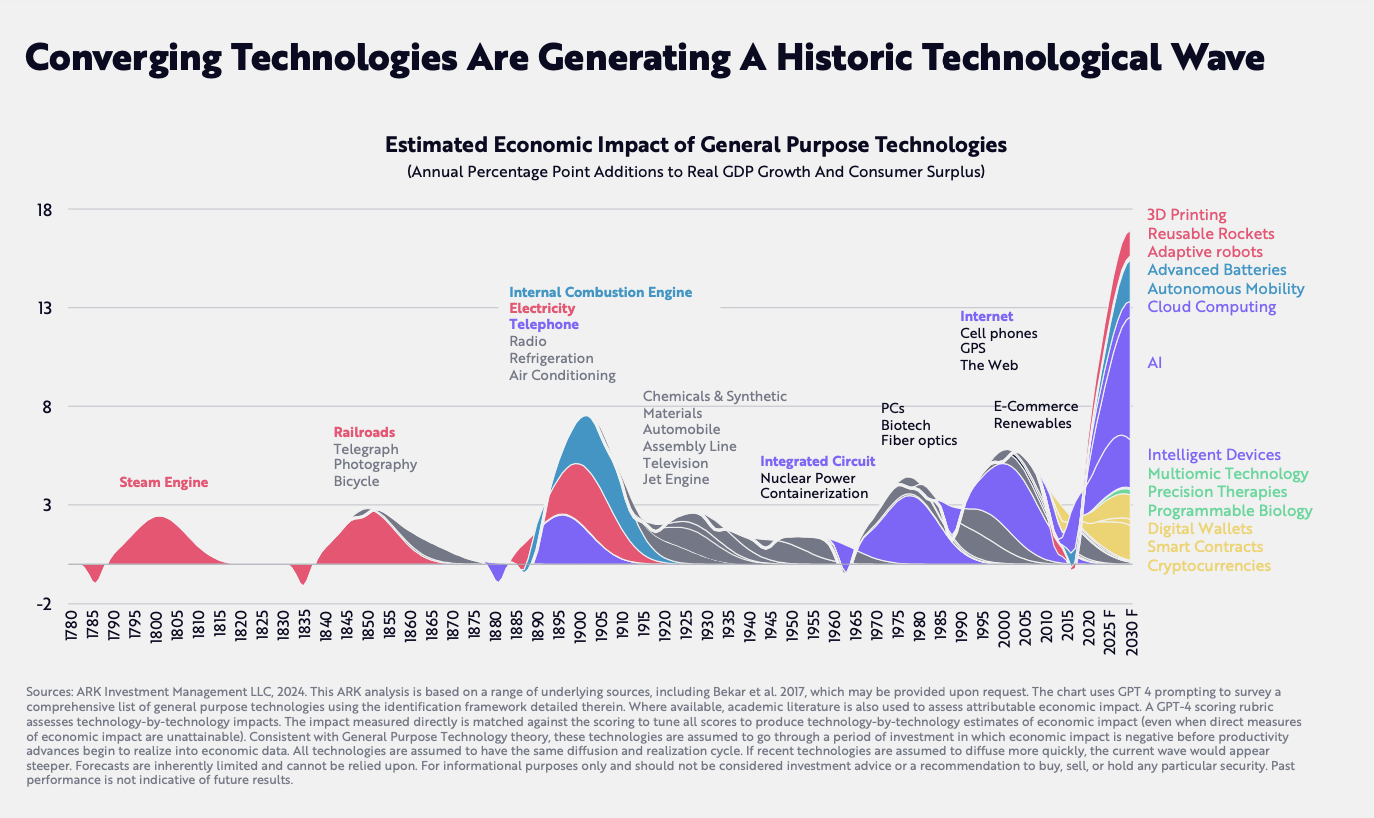
With superhuman performance on a wide range of tests, AI models like GPT-4 should catalyze an unprecedented boom in productivity. Jolted by ChatGPT’s “iPhone” like moment, enterprises are scrambling to harness the potential of artificial intelligence.
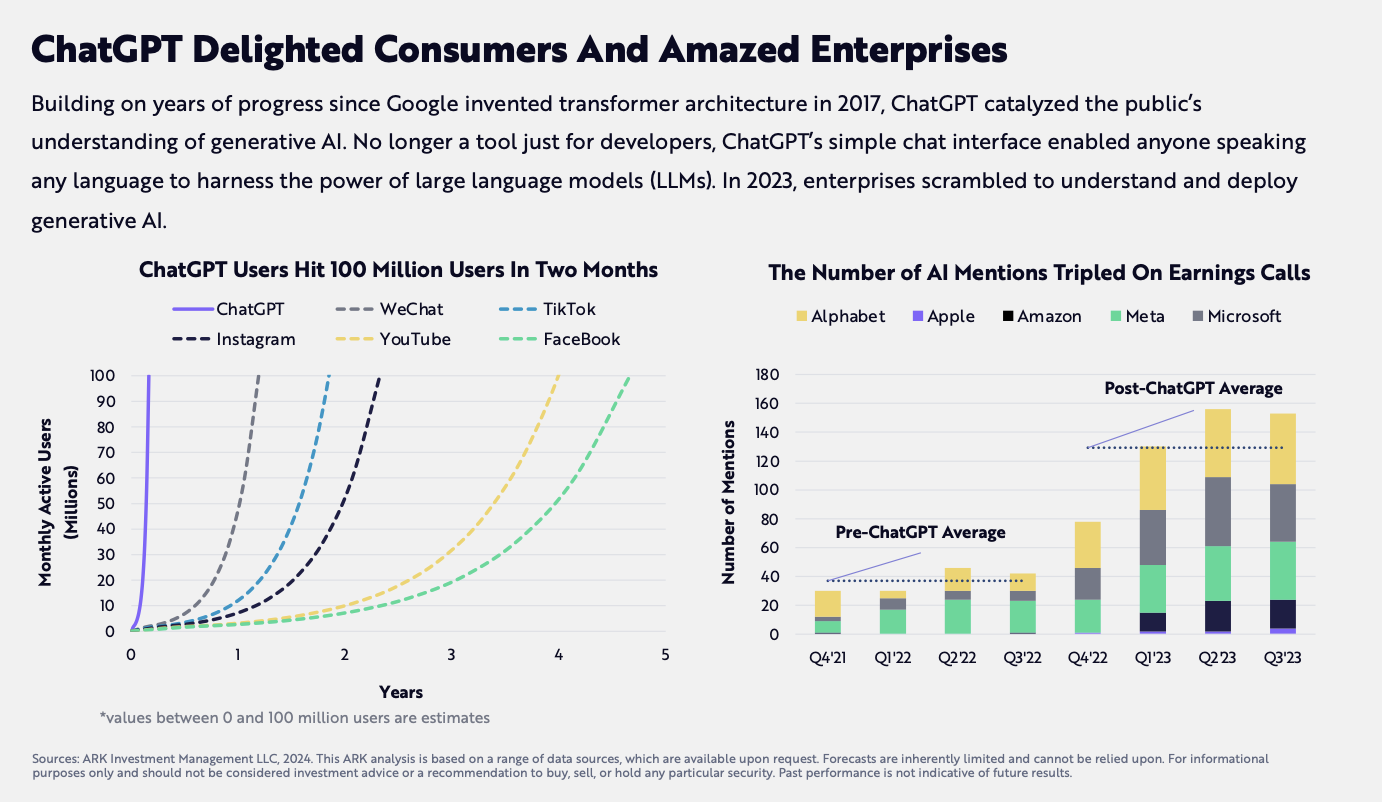
AI promises more than efficiency gains, thanks to rapidly falling costs and open- source models. If knowledge worker productivity were to quadruple by 2030, as we believe is likely, growth in real GDP could accelerate and break records during the next five to ten years.

However the real impact of AI will be how it converges with other technologies to solve more fundamental challenges, and reinvent entire ways of operating. It becomes, as ARK calls it, the central technology catalyst:
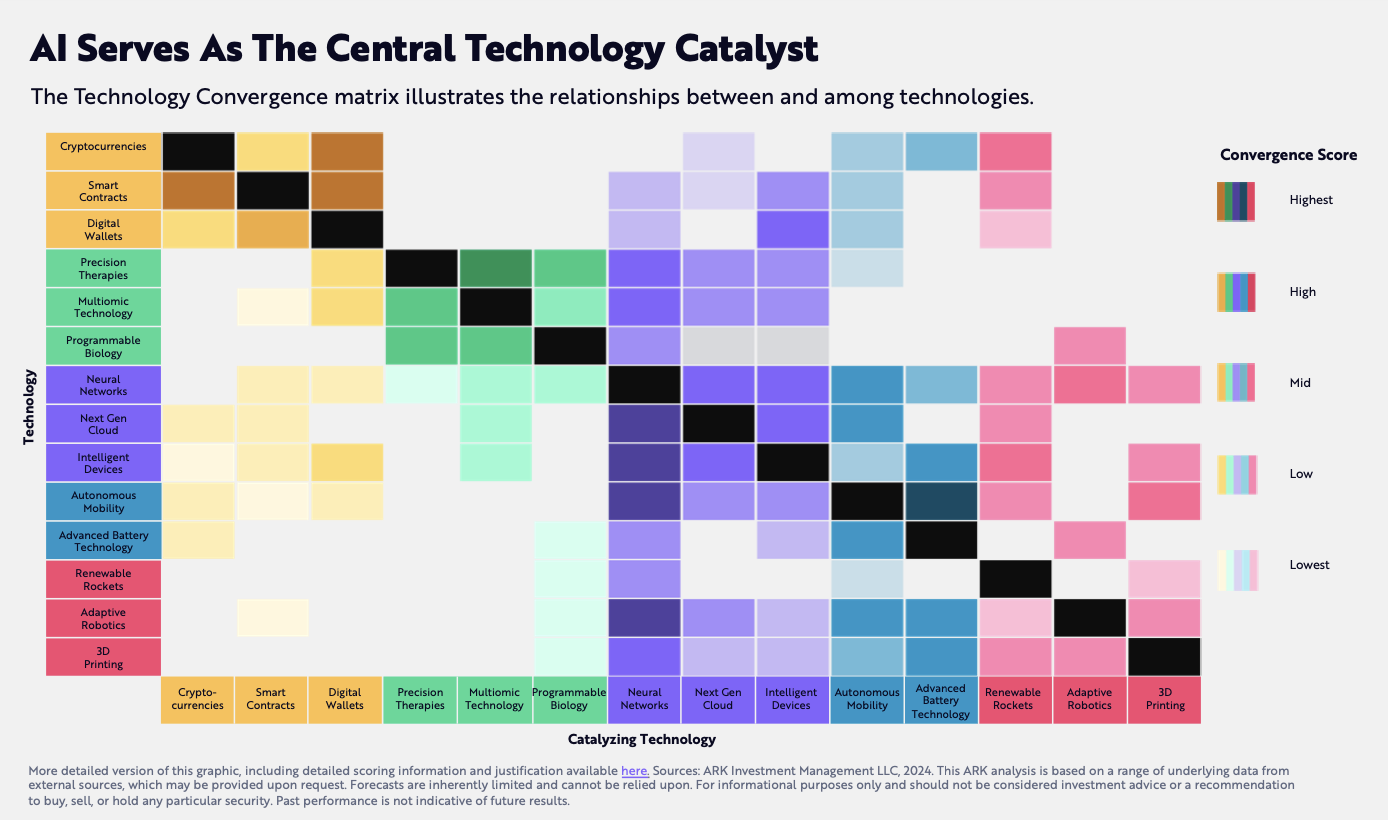
All this enthusiasm, adoption and investment is also accelerating the speed of development of AI, far faster than previously imagined. In particular ARK estimates that the advent of AGI, or general AI, where machines outsmart humans, is much closer than previously anticipated:

However, innovation is ultimately about solving customer problems, profitably. It requires curiosity and creativity, process and portfolios. It goes far beyond products – to reinvent industries and value networks – think smart factories not just smart robots – explore new services, business models, and much more.
One of the most interesting areas is in the convergence of AI and robotics, and while the rapidly developing humanoid robots like Sophia capture the headlines, most robots are more practical operators, transforming industrial processes, from manufacturing lines to food production, warehouse operations and customer experiences. The below graphics by PwC illustrate the rise of robotics, and AI. See more in The New Robots by Peter Fisk.

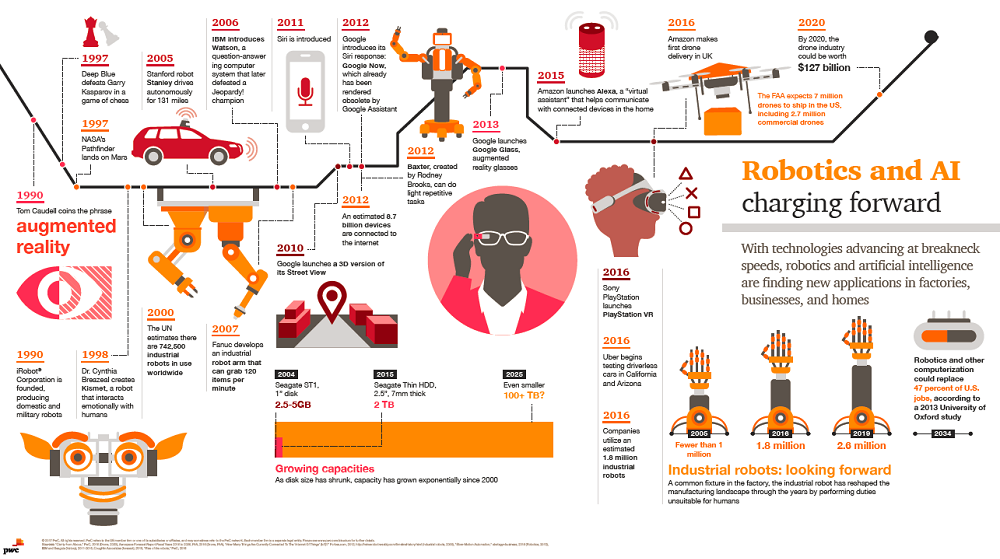
KUKA Robotics
The KUKA Robotics Corporation has 25 subsidiaries in the United States, Australia, Canada, Mexico, Brazil, China, Japan, South Korea, Taiwan, India, and in various European countries. The company name, KUKA, is an acronym for Keller und Knappich Augsburg.
Peter Fisk brings practical inspiration, exploring how business leaders can be more curious, creative and courageous – from beyond and within our industry – together with a set of frameworks and tools to explore markets, develop new ideas, and drive innovation as a process.
- Explore the changing nature of markets, and how AI and related technologies are enabling new possibilities.
- Understand how our own markets, and customers, are changing in their needs and aspirations.
- Consider what is effective innovation as a process, including its broad strategic flow, and popular components.
- Specifically link together concepts like design thinking, lean development, business models, venturing, scaling etc.
- Recognise the role of innovation in business, how it links to strategy, growth, sales, value creation and sustainable impact.
- Consider how AI is changing the nature of innovation – both how it is done, and the solutions which emerge.
- Reflect on how KUKA currently approaches innovation, what could be different, and what is means for culture and leadership.
Peter Fisk is a global thought leader – author, futurist, speaker – whose career was forged in a superconductivity lab, accelerated by managing supersonic brands, and shaped by working with some of the world’s best companies. He leads GeniusWorks, a futures-driven consulting firm in London, and is professor of strategy, leadership and innovation at IE Business School in Madrid. He is author of 10 books, most recently ”Gamechangers” and “Business Recoded”.
This will be a high energy interactive session, taking inspiration from other sectors through fast case studies, two breakout sessions to consider AI’s impact, and later the role of innovation in KUKA.
More from Peter Fisk
- Next Agenda of best ideas and priorities for business
- Megatrends 2030 in a world accelerated by pandemic
- 49 Codes to help you develop a better business future
- 250 companies innovators shaking up the world
- 100 leaders with the courage to shape a better future
- Education that is innovative, issue-driven, action-driving
- Consulting that is collaborative, strategic and innovative
- Speaking that is inspiring, topical, engaging and actionable